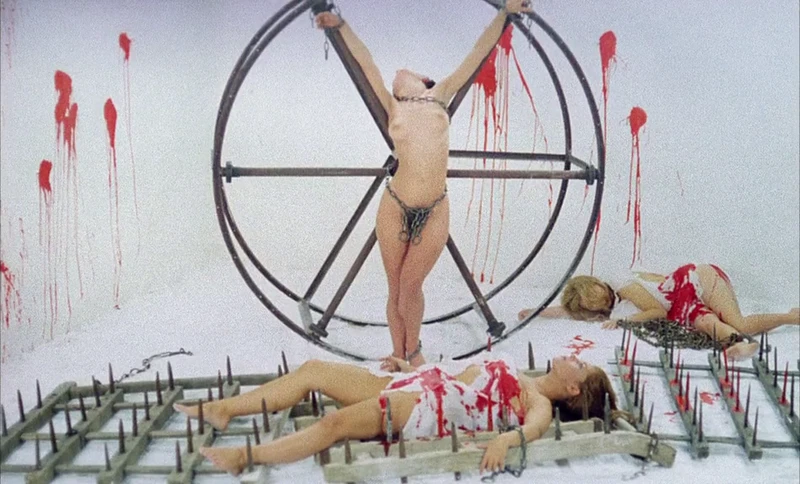L'Eden et après AKA Eden and After (1970)
| director: | Alain Robbe-Grillet |
| release-year: | 1970 |
| genres: | thriller, experimental, sexploitation, horror |
| countries: | France, Tunisia |
| languages: | French |
| fests: | Sexploitation Horror Fest (2022) |
French experimental psychological thriller with enough horror undertones and gratuitous nudity to qualify for Sexpoloitation Horror Fest 2022.

Alain Robbe-Grillet is apparently very famous and well-regarded, but I had never heard of him until I looked him up just before watching this. He seems like somebody I should have already been familiar with. Wikipedia describes his work as "cerebral," which is a term I should use more often, because it means nothing and sounds pompous.
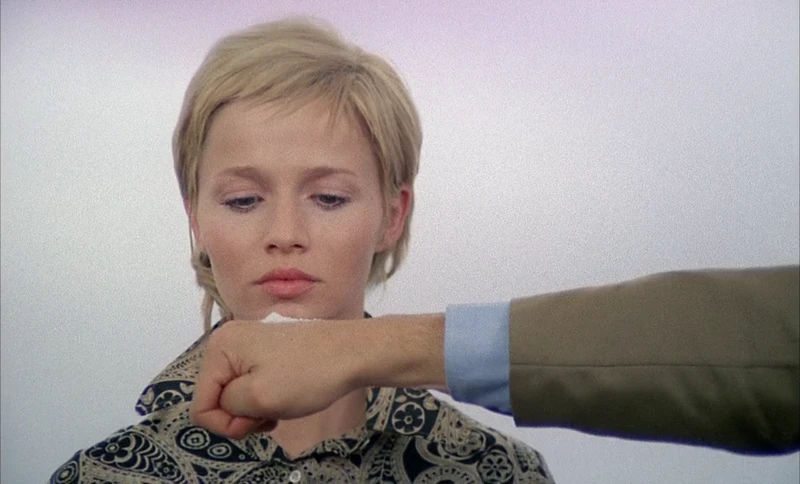
Opens straight into credits, with people saying random words and a man simultaneously reading off the cast's names. Then lots of close-ups of people in various settings looking dramatically concerned and peering off into the distance.
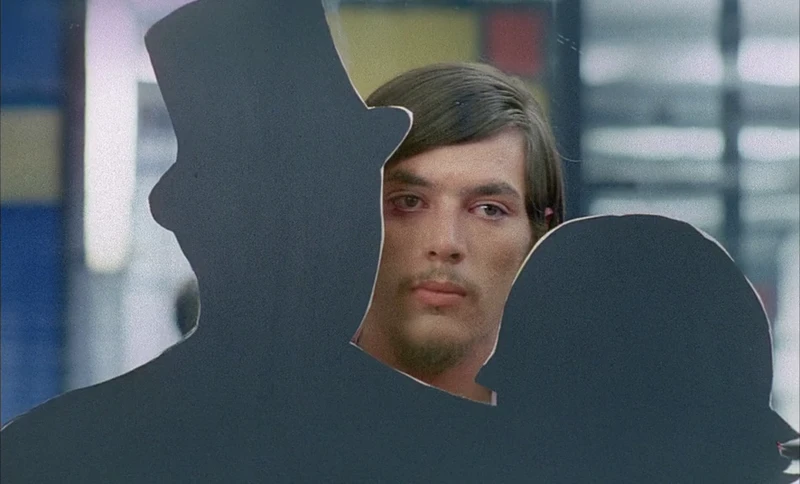
After credits, we're dropped into a office building, maybe?, in the style of Piet Mondrian's modern art paintings. The ones with the lines and white squares with a few primary colored squares mixed in.
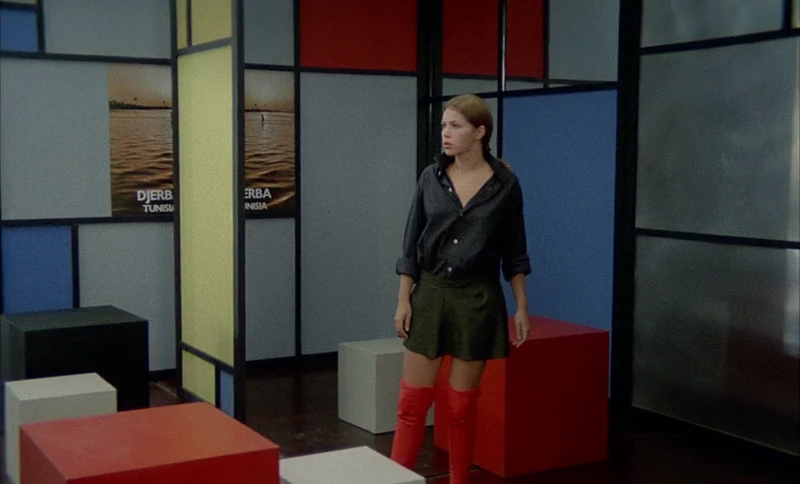
A lady is slow-chased through the building. She kind of runs, but not really. People kind of chase her, but not really. She is caught, and implicitly raped while everyone watches.
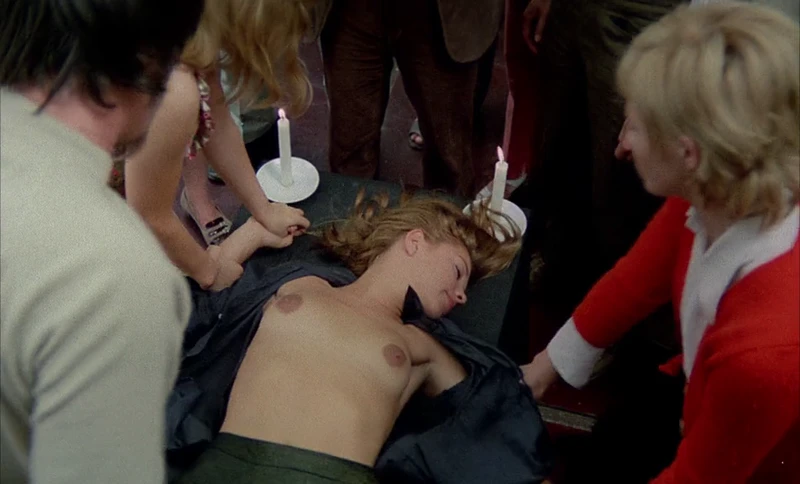
Or no, maybe it was a school? The same people are now leaving a math lecture. Then two are in bed. Then they're back in the office with a gun. I think I should stop trying to explain what's going on, this is just beautiful abstract art so far.
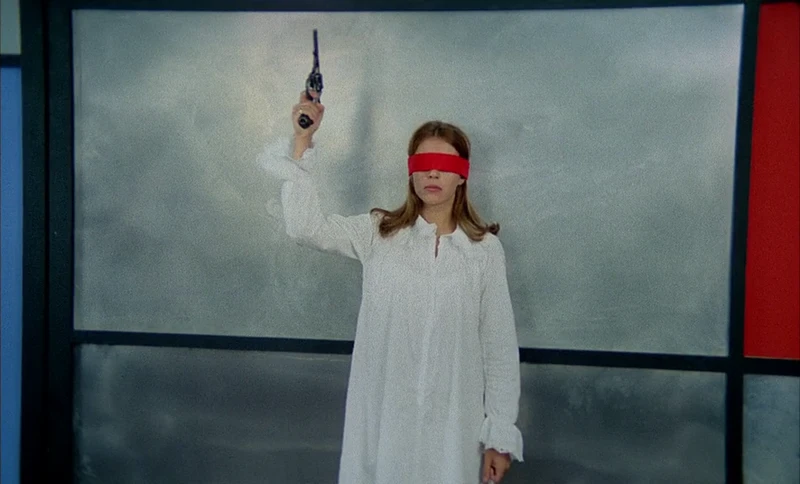
"Of course this is stupid," a man says into the camera. "Not more stupid than anything else," another man responds.
There is a lot of standing or sitting around in unnatural positions with all actors facing towards the camera, reminiscent of renaissance paintings. It feels like the sort of thing Wes Anderson could have been inspired by.
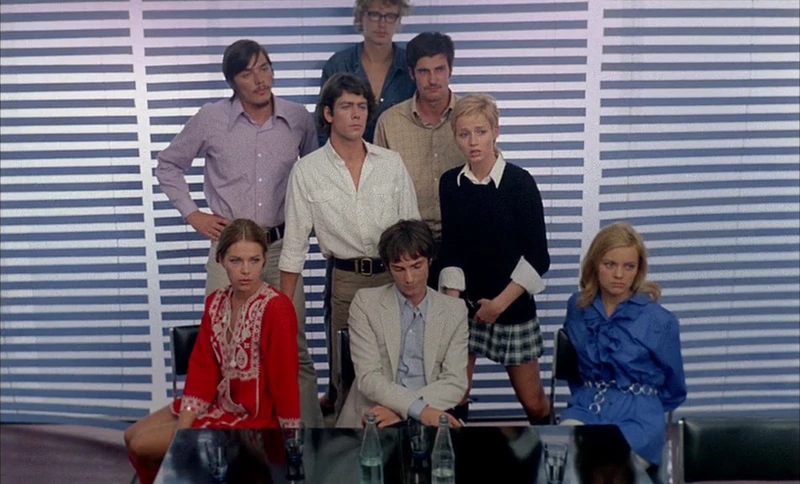
Ah, locations and previous scenes get explicitly explained: the glass modern art office building is a café across the street from their university, named Eden, where this group of friends hang out, write situational stories, and act them out. The waiter looks like Tim Roth with a hint of Steve Buscemi.

An older man comes into the café, performs a magic trick, and gives the main woman some "powder of fear." She experiences fear.
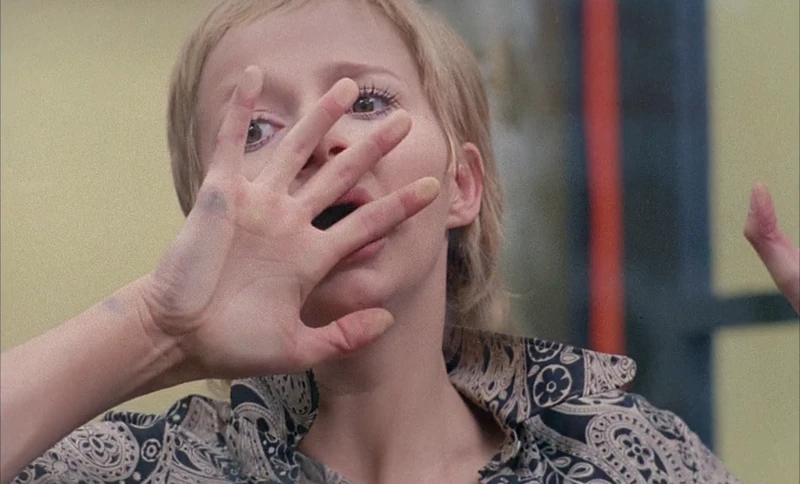
He kind of joins their club, but tells them their scenes are rigid and without passion and they need to break themselves.
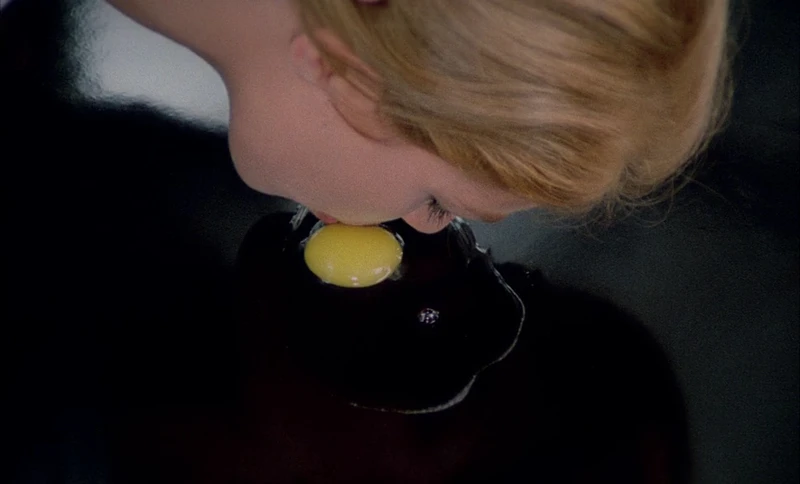
What follows is a whole bunch of scenes of people doing things, possibly related in some way, but certainly not directly. People change into other people, objects appear and disappear, conversations are had in the form of abstract poems.
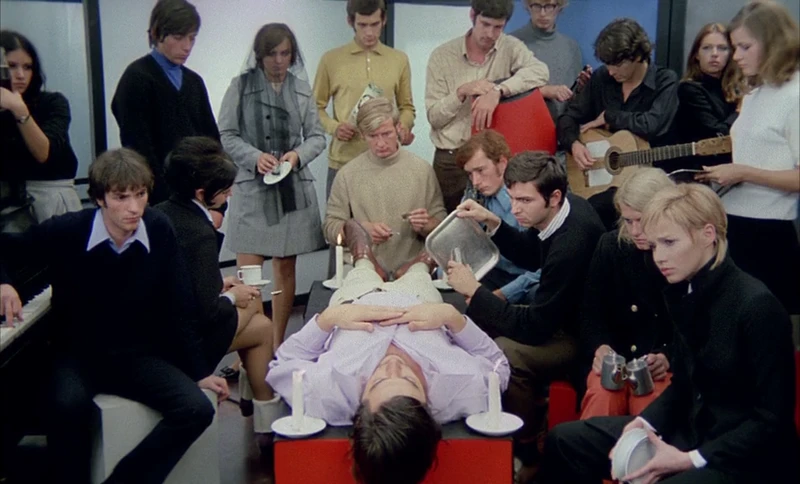
Despite me not being smart enough to derive any meaning from this, the scenes are entirely mesmerizing. The whole mood, both visually and auditorily, transitions subtly into horror and suspense when night falls.
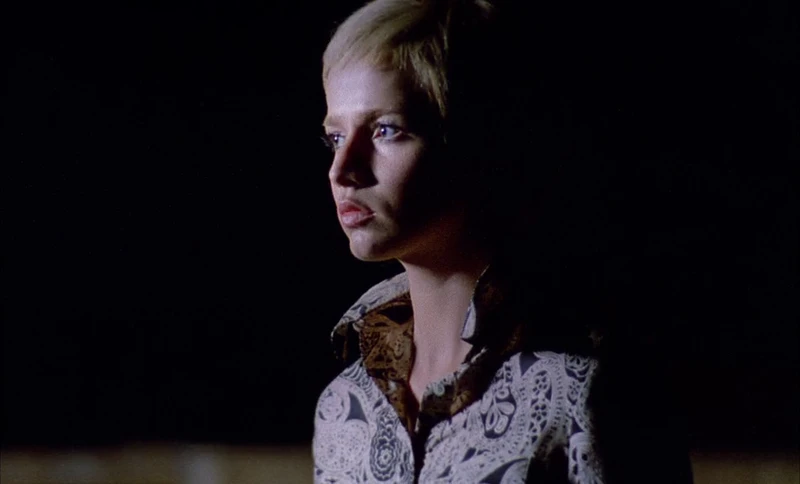
She is chased into a blue-tinged factory, where the hollow, echoing sounds of metal pipes clang and clank as she runs and dissonant piano chords burst in on occasion.
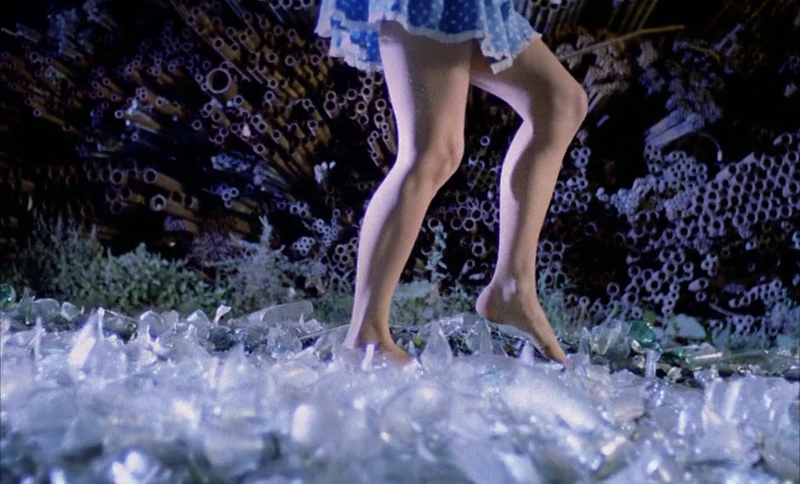
She finds a corpse, and suggesting at a somewhat more typical thriller plot. She takes her friends back to show them the body and it's gone, nobody believes her, and she's driven to solve the mystery.
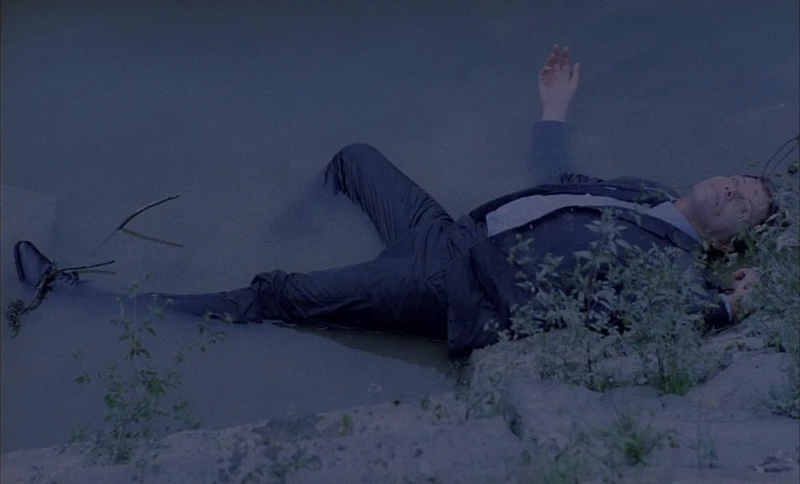
But things start changing inexplicably. The waiter at the café is no longer Tim Roth, and the painting on her wall has turned into a pure white canvas.
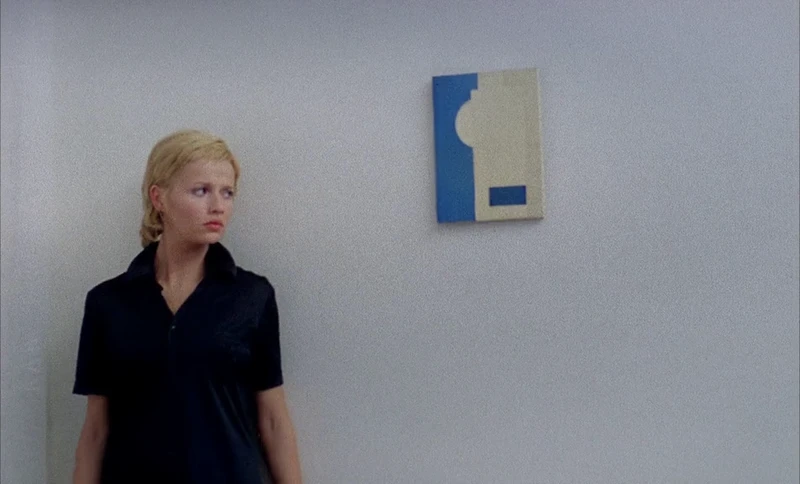
A strong color motif is introduced, with every scene being primarily white with a strong blue highlight, exactly as the painting that used to be on her wall was. She goes on a quest for a white house with a blue door, which she found on a postcard in the dead man's suit. This involves transitioning from a French city to a possibly Tunisian village. Everyone in Tunisia is her friends from back home in Eden, but she doesn't know them anymore.
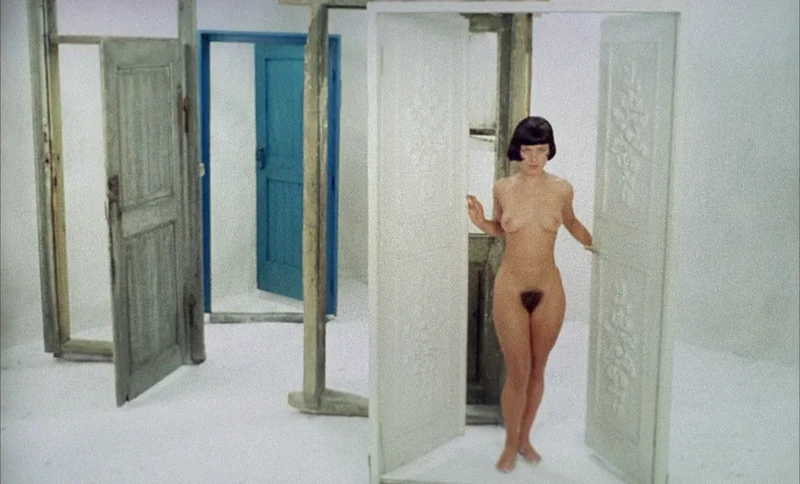
The men mostly wear blue shirts and suits from this point. She gets bright orange for a while, strips naked, and from that point women are mostly naked or dressed in white.
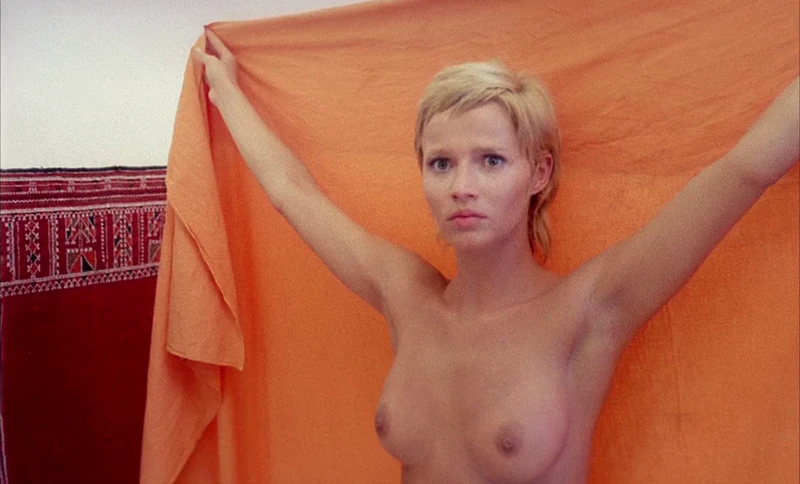
Red highlights also start cropping up, first in the background, then as blindfolds on women, and in blood-spatter in some flashes of dead people. The colors are clearly chosen with great intention, but if you want to know what that intention is you'll have to find it elsewhere.
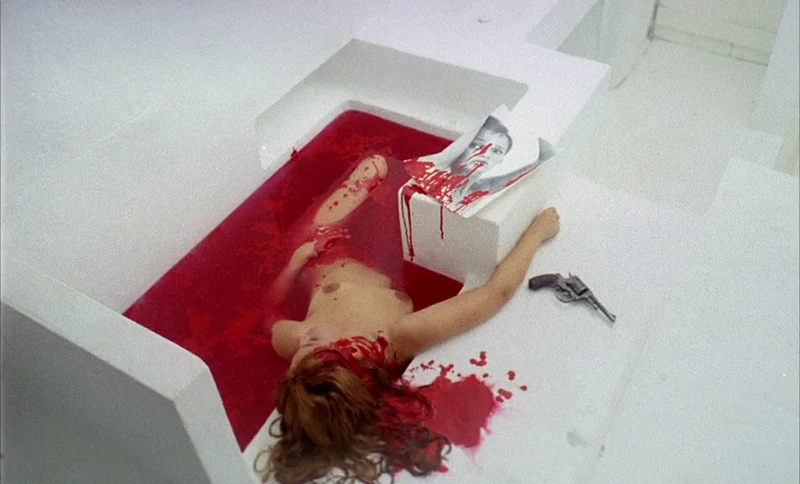
She gets kidnapped by her former friends and blindfolded in red, finding herself in exactly one of the situations she hallucinated when she took the powder of fear. All of those hallucinations start showing up, in fact. They interrogate her, looking for the painting that used to be on her wall.
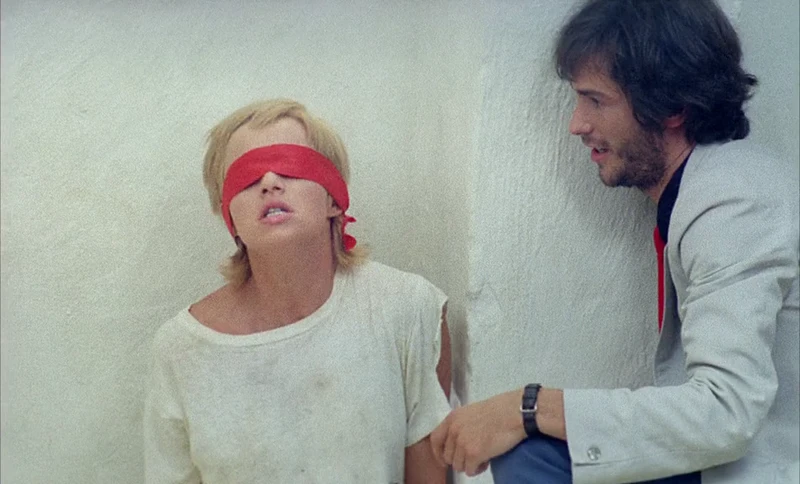
She escapes, crawls around in the sand, and finds herself. Kind of literally, though herself is her friend dressed as herself.
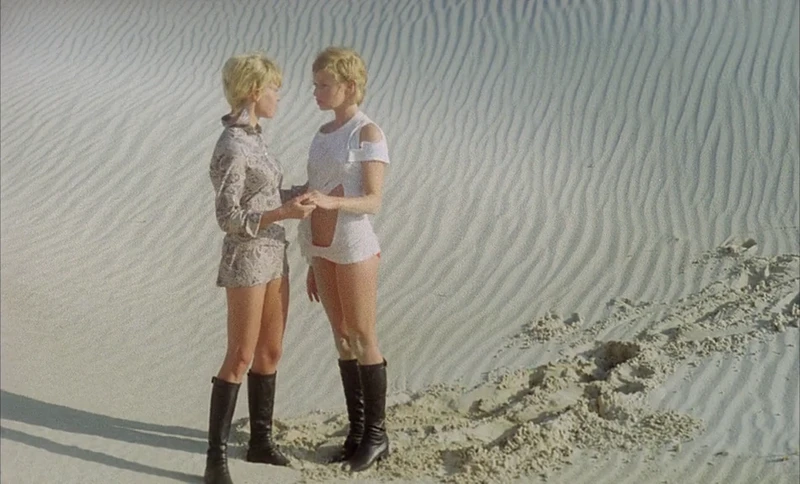
A man has a white jacket, black shirt, red tie, and blue pants. That's all of the colors in use on one person! This is clearly highly relevant, but I'll have to get back to you on how.
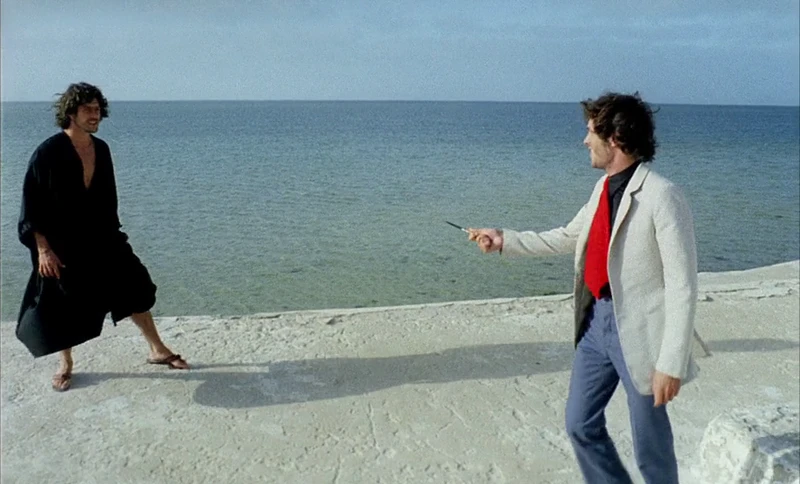
She's back in her normal clothes, but still in Tunisia. She sees the magician from the café, but he gets hit by a car, falls in the water, and perfectly reenacts the dead guy who started this whole Tunisia trip.
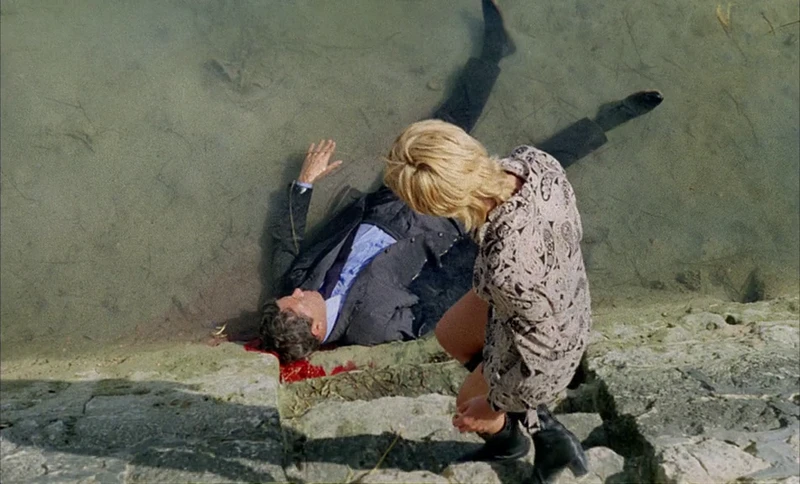
It ends back in Eden, after all of this happened, but before it happens. Or something like that. When is something "avant-garde" and when is it merely "experimental"? This is in French, so it must be avant-garde.
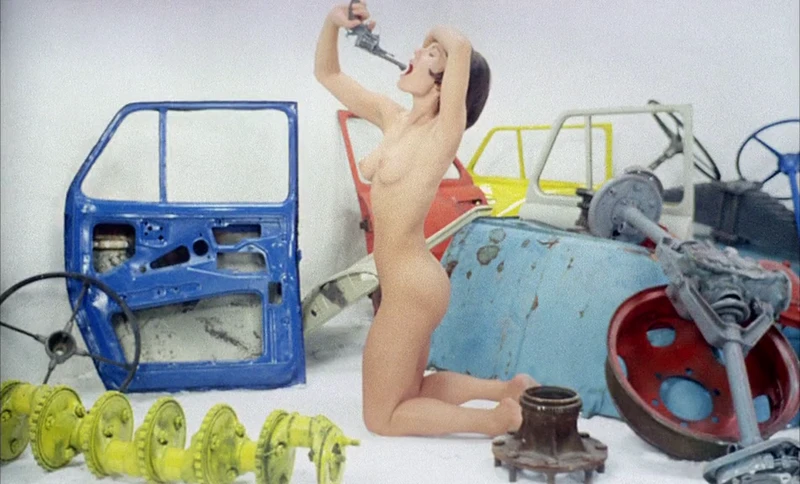
I'm going to say that the moral of this story is that young writers and filmmakers should take cocaine to break out of their safe little bubbles and find their true potential for creativity. To escape from the cages of societal expectations, perhaps.
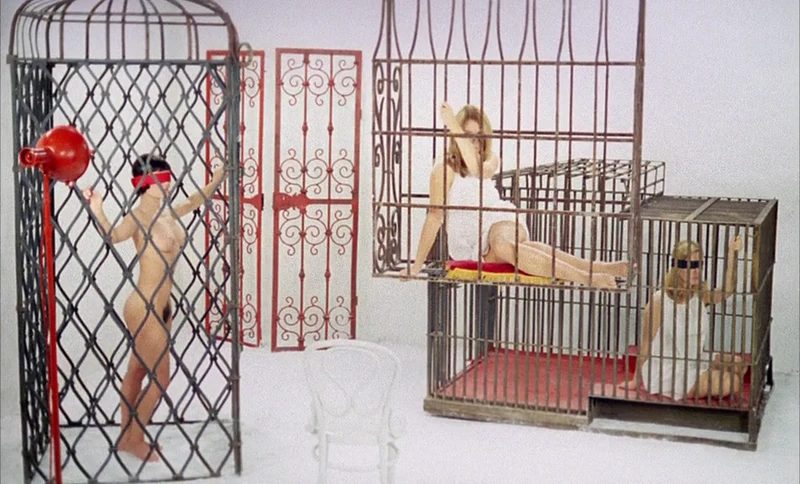
Seems reasonable. It was made in 1970s, after all.
